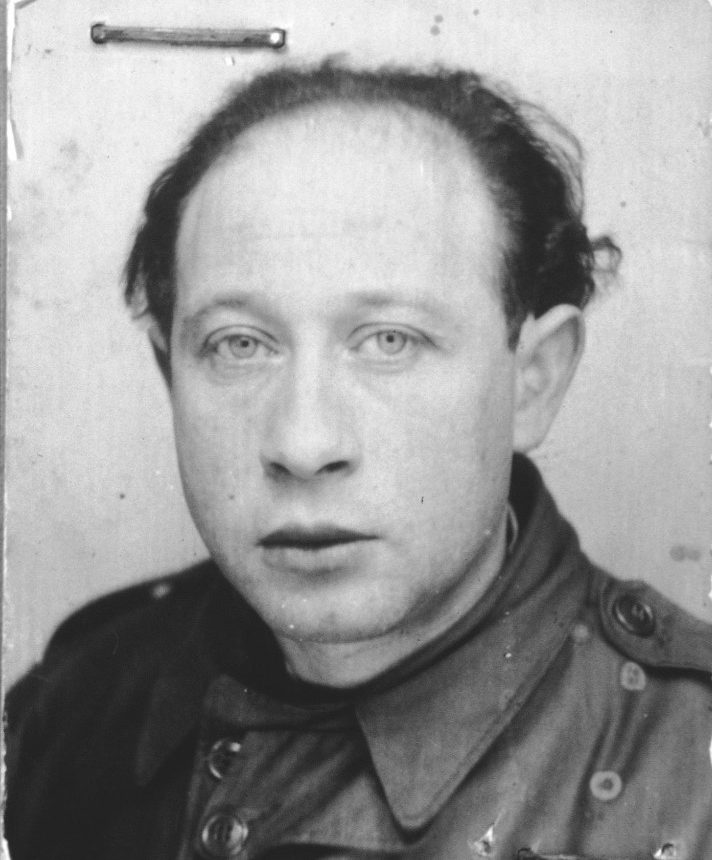MAREVNA
January 3, 2019Maurice MENDJIZKY
January 3, 2019Jacob MARKIEL
LODZ (POLOGNE) 1911 – PARIS 2008
Jacob Markiel was born into a humble family in Lodz and started to work at a very young age. One day, his father caught him drawing, tore up his drawings and screamed at him that the dibbouk (evil soul that enters human beings) had descended upon him. His mother intervened and signed him up to attend Isaac Brauner’s drawing course. This decisive meeting left a mark on his childhood. When he was sixteen years old, the artist Marek Szwarc recommended him to the Polish art critic Dr Willem Fallek. He studied at the School of Fine Arts in Krakow and was awarded a scholarship. He arrived in Paris in 1933 and lived in the Belleville district. Sculptor Naoum Aronson welcomed him and introduced him to the Baron de Rothschild. A few years later, he was awarded the third prize at the Ecole des Beaux-Arts in Paris. He studied at painter Jean Souverbie’s studio. Markiel’s conception of art was very classical.
In 1939, Markiel enlisted in the French army. The next year, he was arrested and spent three years at a prison at Montluc and in the Compiegne camp. In 1943, he was freed for health reasons and decided to go to Africa. He was arrested by the Nazis the day before his departure and was interned in Drancy. He was deported to Auschwitz on June 23, 1943 on convoy number 55. He took part in the awful “death march” to Gross Rosen. After the war, he returned to France and was welcomed by Isaac Dobrinsky. He found out that his family had been exterminated and devoted himself to painting thanks to the support of his wife Esther.
Stories of Jewish Artists of the School of Paris 1905-1939
FRENCH-ENGLISH
Capitale des arts, le Paris des années 1905-1939 attire les artistes du monde entier. De cette période de foisonnement, un terme est resté, celui d'Ecole de Paris, qui recouvre une grande diversité d'expression artistique. Dans ce brassage dont Montparnasse est le creuset, un groupe se distingue : celui des artistes juifs venus de Russie, de Pologne et d'Europe centrale. Si leurs styles sont variés, un destin commun les rassemble : ils fuient l'antisémitisme de leur pays d'origine. Certains ont connu la célébrité dès les années 1920, tels Soutine, Lipchitz ou Chagall. D'autres n'ont pas eu le temps ou la chance d'y accéder. Près de la moitié a péri dans les camps de concentration nazis.
From 1905 to 1939, Paris attracted artists from all over the globe as the capital of the art world. This period of artistic proliferation became known as the School of Paris, and includes a great diversity of artistic expression. Within the teeming art world centred on Montparnasse, one group set itself apart: Jewish artists from Russia, Poland, and Central Europe. Although their styles were diverse, they shared the common fate of fleeing anti-Semitic persecutions in their home countries. Some became famous in the 1920s, such as Soutine, Lipchitz, and Chagall, while others did not have the time or the luck to gain renown. Nearly half of these artists died in Nazi concentration camps.





